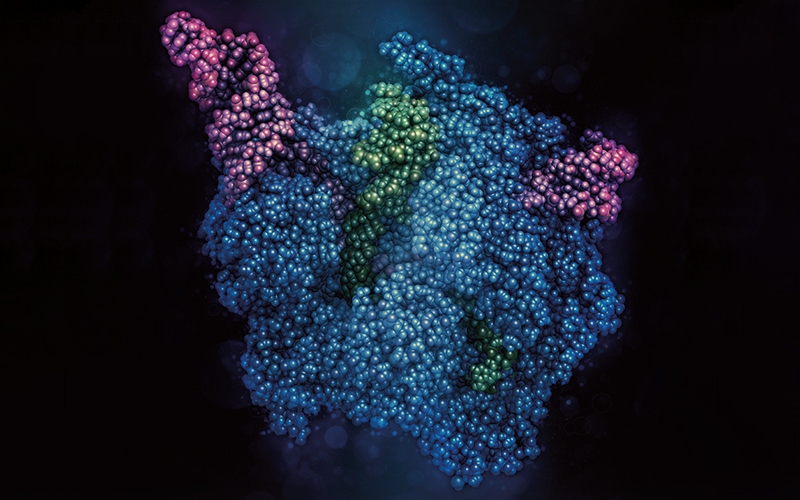CRISPR/Cas9 is a commonly used, very precise, gene editing technique often known as “genetic scissors”.

It allows the introduction of a DNA sequence into (virtually) any spot of the genome, thus modifying or inactivating a gene.
This technique is widely used in biomedical research and some CRISPR-based therapies are in clinical trials for the treatment of human blood disorders, some types of cancer and HIV.
Scientists at the Institute for Research in Biomedicine Barcelona have now reported that, depending on the targeted spot of the human genome, CRISPR gene editing can give rise to cell toxicity and genomic instability. This unwanted effect is mediated by the linchpin tumour suppressor protein p53 and is determined by the DNA sequence near the editing point and various epigenetic factors in the surrounding region.
Using computational methods, researchers analysed the most popular CRISPR library designed for human cells and have detected 3300 targeted spots that show strong toxic effects.
The work also reports that around 15% of the human genes contain at least one toxic editing point.
Research lead Dr Fran Supek said: “Our work addresses an important issue with TP53-associated toxicity of Cas9, which was a matter of some controversy recently, and it also provides guidelines on how to sidestep the problem. Avoiding editing in these ‘risky’ spots would not only make CRISPR editing more efficient but, more importantly, safer.”
Image credit | Science-Photo-Library



